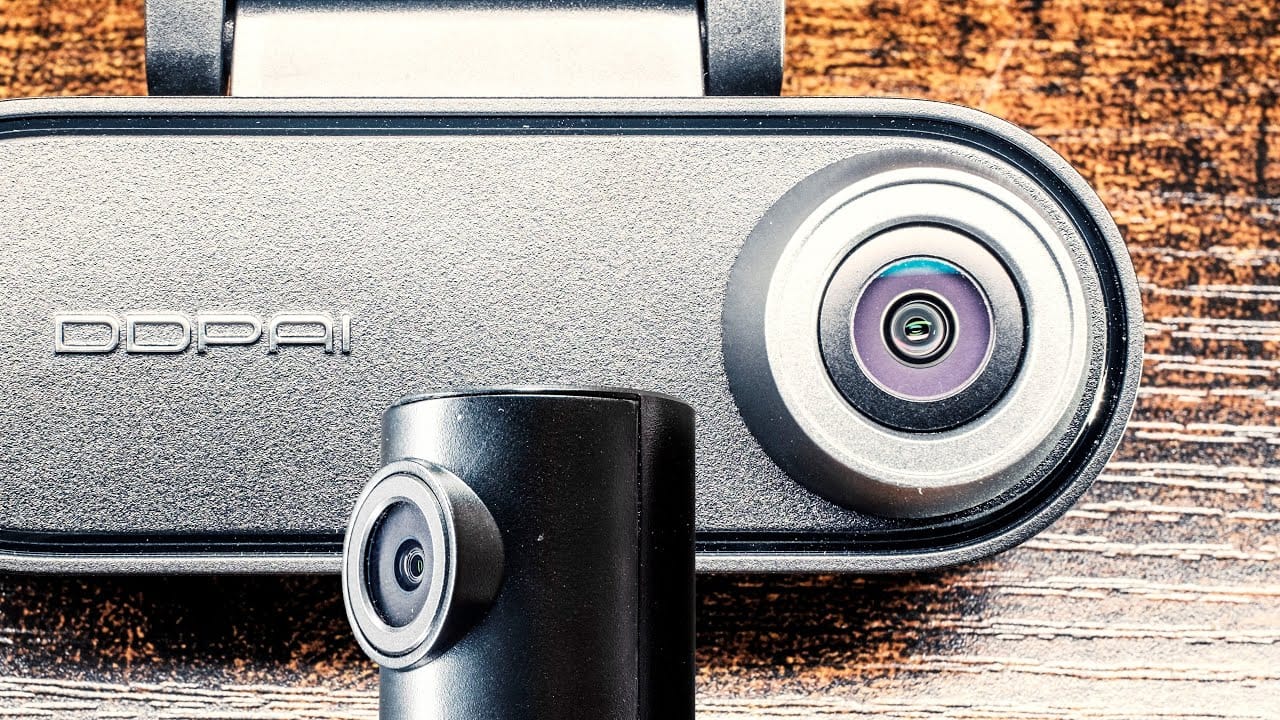Last year Nikon released a few new DSLRs like the D4 and D800 which are being used for all kinds of films not only in independent cinema but also in Hollywood. This was the first time they really showed Canon that they are also interested in joining the DSLR video market, which is a little bit late. Anyways the camera found its place thanks to the option of recording uncompressed video via HDMI out.
Written by Moritz Janisch
NOTICE: If you don’t want to read the whole article you can watch our video-review on the bottom of this site which covers the basic pros and cons plus sample videos.
When I was at Photokina in fall 2012 I saw the just announced D600. An entry level full frame DSLR for 2000 US Dollars. I didn’t really had the chance to play with it but now the camera is widely available and I thought why not look what’s Nikon doing for filmmakers these days.
We rented the camera to answer the question if it is a camera for filmmaking or just a stills camera. When I first held the body in my hands it felt solid and good. The first thing I did was change the picture profile. I set the style pretty much like in the most Canon DSLRs: Sharpness and contrast completely down and the saturation -1. Now it was time for a first test shoot. ISO, shutter speed and white balance were easy to find but I was wondering what was going on with the aperture. It was locked to F/2.8 and it couldn’t be changed. I tried a lot of things and then I realized that the aperture can’t be changed in live view. What that means is that you have to turn the camera display off to set your f-stop. Or you go into the photography mode change the aperture and go back into the film mode. This might be somehow ok if you don’t need to change your aperture while recording but if you have to there is no other way then to stop recording. I don’t see a reason for that because this is possible with most video DSLRs out there.
In the movie settings is a nice option where you can change the bitrate, unfortunately not for the good. 12 Mbps is called “normal” and 24 Mbps is called “high”. The normal bitrate isn’t normal but low so no need for that option. But if you need to get less compressed video files there is an option of recording via HDMI out to an external recorder. We haven’t had the time to try this feature but it definitely sounds promising.
When we were filming some test footage in bright daylight it was hard to see the image on the display but what’s really great about it is the sharpness and the details which brings me to the next point: Aliasing!
On the display you can’t really judge if there are any moiré issues or not but in post you will see it. I honestly didn’t expect that amount of noise in such a camera for that price. When filming fine lines and other kinds of details the aliasing can destroy the soft and cinematic look of the image. I would say it just looks like from a Canon 7D. The problem is that the image in general is detailed and could be from a Canon 5D Mark III – except the aliasing. That makes it even worse because some parts of the frame are soft and flat but then you see those nasty colored lines that are sharp and clearly visible.
I didn’t read anything about the D600 before testing it and I thought the low light performance would be great. After doing a quick ISO test I realized that the image noise doesn’t look good at all. I ended up shooting never higher than ISO 1.600 to keep the noise down. Nothing is wrong with grain but the noise of the D600 just looks like it’s footage from a cheap camcorder. Even this camera should not be compared to the Canon 5D Mark III it has to be done because you can record wonderful looking video up to ISO 4.000 with the 5D. On most consumer DSLRs it was always the rule not to go over 1.600 – but on a full frame DSLR build in 2012? I expected more…

Gladly Nikon has added something to cool the emotions: A headphone jack. You can adjust the sound levels manually before recording, plug in your external mic and listen to it via headphones. Not that I would recommend using an internal mic in general but the sound is really bad so make sure to always use on external microphone even if it is just for background sounds.Is the Nikon D600 a good choice for filmmakers?I have to be honest and can’t recommend the camera for taking videos. First of the aperture-lock in video mode but much worse the aliasing issues which sometimes occur not at all and sometimes are everywhere. In terms of noise performance the camera is like most 600 Dollar cameras – not bad and not very good. What I like is the frame rate menu where you can easily change the frame rate without having to switch between NTSC and PAL to shoot with 30p or 25p. This camera would have been a great choice two years ago but definitely not anymore in 2013.

I hope that Nikon keeps an eye on the DSLR-video-market in the future or Canon won’t see a reason for any kind of improvement and we won’t see much development…
Here are three original and uncompressed video samples taken with the Nikon D600 and the Nikon 24-70mm F/2.8 lens. You can download to really see how the image looks.
Daylight Sample Video
DX Crop Aliasing Video
ISO 1600 Night Video



